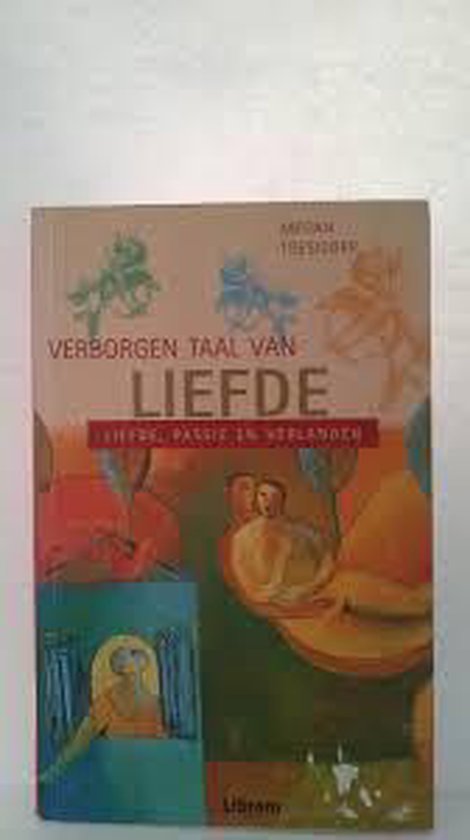
World encyclopedia of naive art
WORLD ENCYCLOPEDIA OF NAIVE ART
One of the most remarkable developments in art over the last hundred years has been the steadily increasing appreciation, by critics and public alike, of naive painting and sculpture - especially the former. Douanier Rousseau started to exhibit his works in the Salon des Indépendants in Paris in the mid- 1880s where they hung beside those of such masters as Van Gogh, Cézanne and Toulouse-Lautrec and won for naive art an acclaim previously denied to it.
Naive (or 'modern primitive') artists are usually quite untrained and ignorant of the academic rules of perspective; many have not come into contact with the
traditional or official world of art at all. The delight which their work affords depends chiefly on the wonderful precision and detail with which they often depict their subjects, an instinctive sense of colour relationships, and a highly imaginative sense of atmosphere and composition. Many of these artists are peasants, who take their themes from village life, rural pursuits and local tradition; but many come from urban or industrial
backgrounds which are similarly reflected in a wide range of subject-matter. Naive artists are not exclusively concerned with the everyday, visible world. Bible stories, dreams and fantasies, denizens of the jungle, nightmare visions of the future, Voodoo rites and seductive renderings some paradisiacal never-never land all appear in their pictures and carvings.
Though many books have been devoted to individual artists or have offered a selective treatment of naive art as a whole, this is the first publication to provide an historical survey together with a comprehensive biographical dictionary of the artists themselves - both on an international scale. In the introduction Oto Bihalji-Merin defines naive art, relating it to archaic, folk and primitive art and to the art of children and the
mentally disturbed. After discussing the gradual discovery of naive art since the 1880s, he traces its evolution in North America, Latin America, Europe, Africa, Haiti, Japan, China and Australia, ending with an account of naive sculpture.
In the main part of the book the lives and works of more than eight hundred artists are discussed in alphabetically arranged entries, each written by a member of a team of twenty-five specialists. Each artist is represented by examples of his work reproduced in colour. All the great figures are here: from France, André Bauchant, Camille Bombois, Douanier Rousseau, Séraphine and Louis Vivin; from the United States, Grandma Moses, Morris Hirshfield and Joseph Pickett; from Britain, James Lloyd and Alfred Wallis; from Yugoslavia, Ivan Generalić; from Russia, Niko Pirosmani. But a host of other fascinating artists, from every continent and from forty-eight countries are also included.
Surveys of naive art in the countries where it has assumed special importance conclude the book, together with an index of the artists classified under countries, and a bibliography.
| Auteur | | Tomasevic |
| Taal | | Nederlands |
| Type | | Bindwijze overig |
| Categorie | | Kunst & Fotografie |




